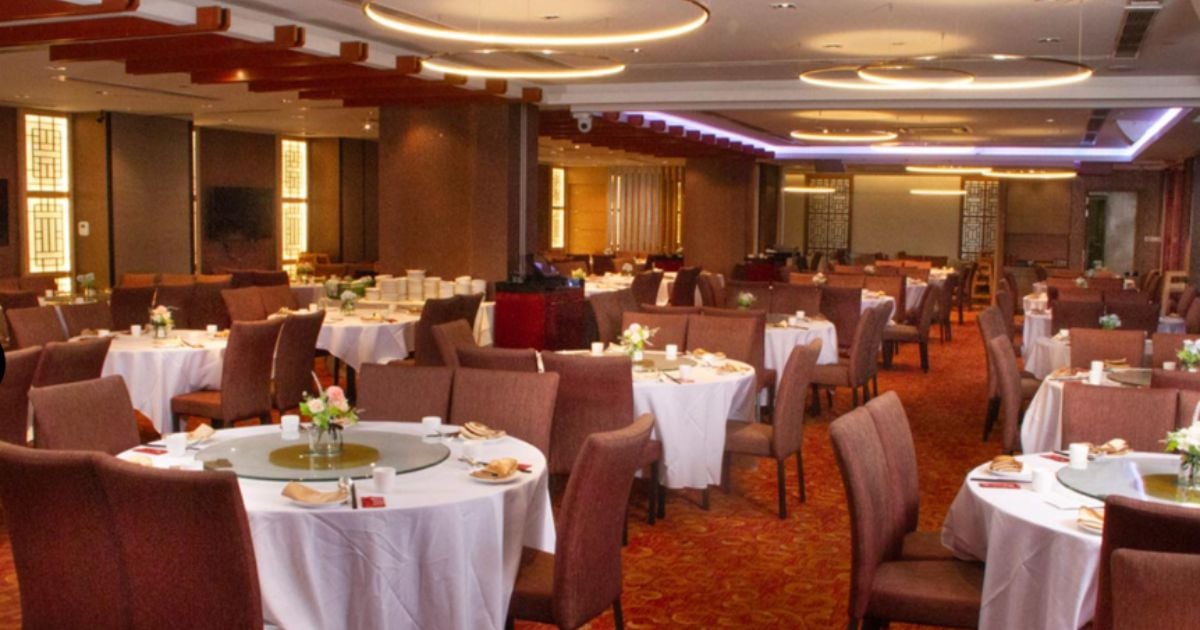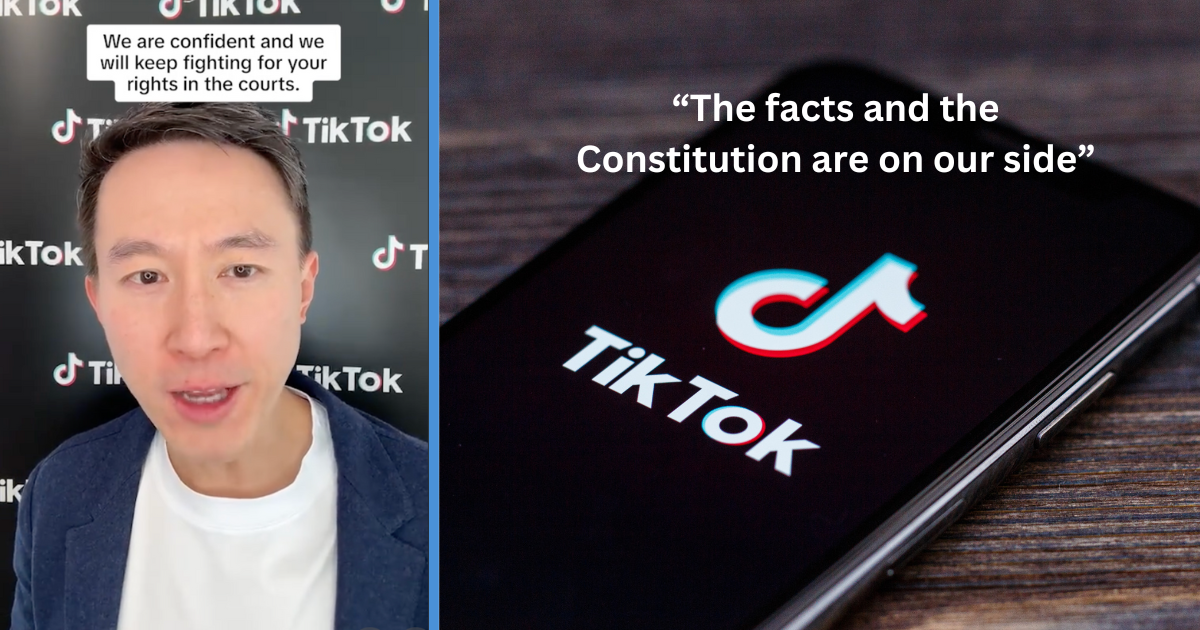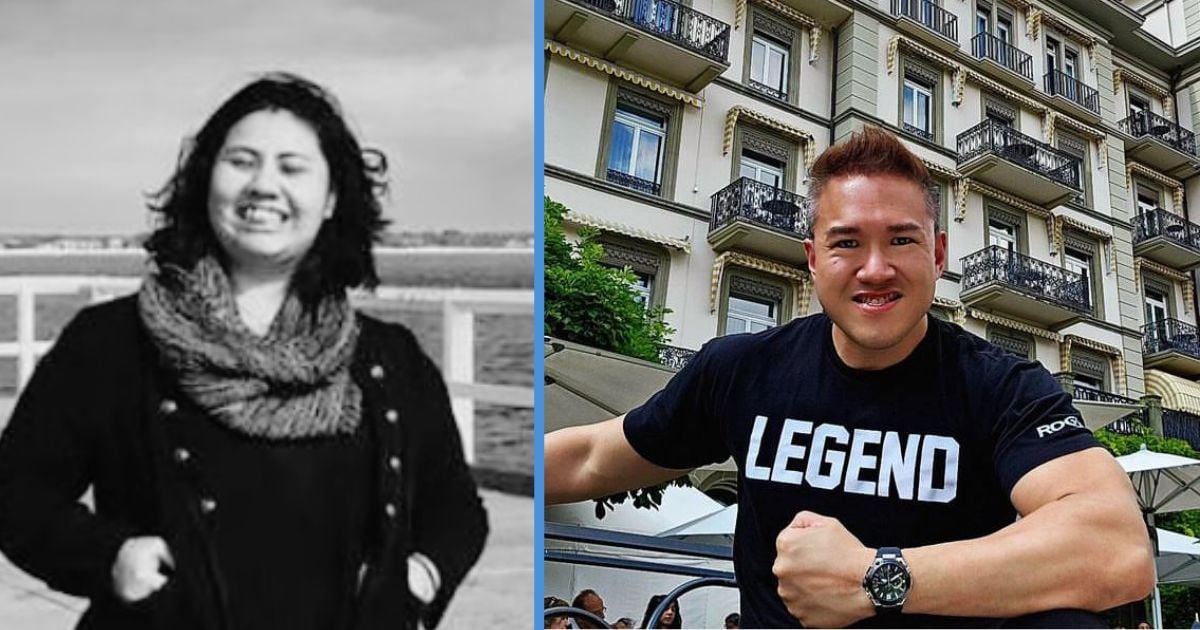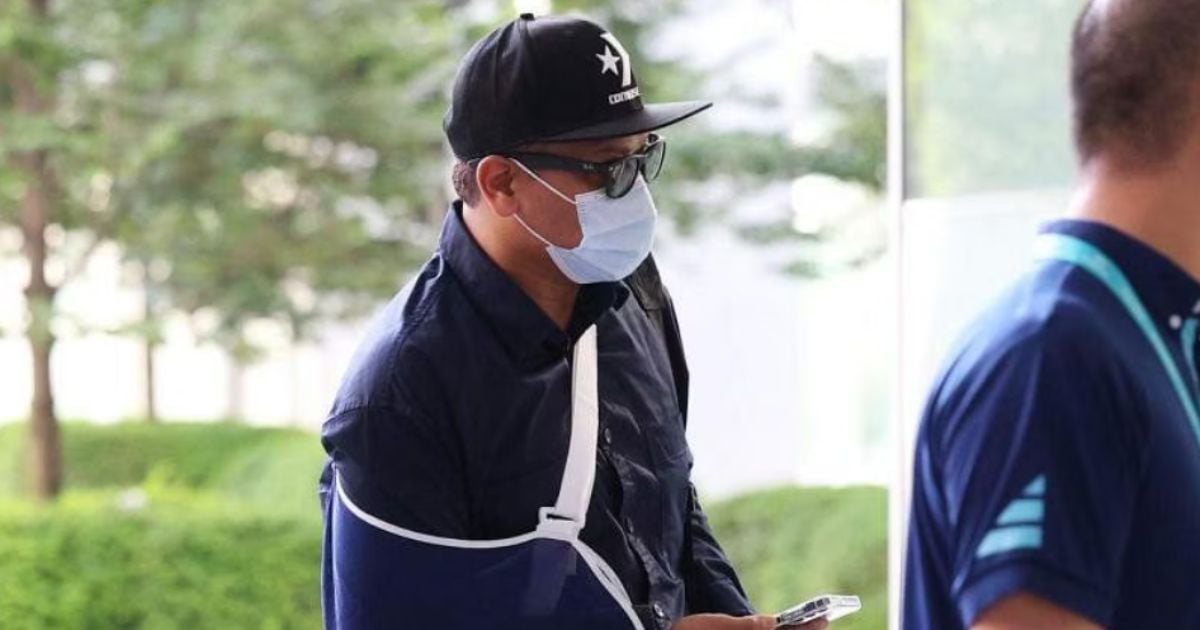The 2020 general election is coming up, and it feels like you’re back at school trying to cram as much information in your head before the day of your exam.
MP, GE, NCMP, GRC, OOTD, SMH, LMAO – what do all these initialisms mean?
It’s certainly important to have all the information necessary before you cast your ballots in 8 days’ time.
You might have heard the People’s Action Party (PAP) and opposition parties debate the merit of the NCMP scheme in the last few weeks, but you have no idea what the scheme is about.
Well, that’s why we’re here.
Here are 10 facts about the NCMP scheme:
1. It Was Introduced in 1984
The Non-constituency Member of Parliament (NCMP) scheme was introduced in 1984, to ensure that opposition voices would be heard in Parliament, then-Prime Minister Lee Kuan Yew said.
At that time, the PAP had won all the seats in Parliament for the first four elections since Independence.
The scheme proposed a minimum of three opposition MPs in Parliament, including NCMPs, so even if the opposition parties didn’t win any seats, three of their candidates would be allowed in parliament.
According to Singapore Infopedia, it was also introduced to provide training for younger PAP ministers and MPs by helping to sharpen their debating skills.
2. It Will Never Have PAP Members
Since the scheme was introduced because there was a lack of representation from opposition parties in parliament, NCMPs are always members of the opposition parties who did not manage to win in the general elections.
In other words, they’re the ‘best losers’, as some have called them.
According to AsiaOne, NCMP seats are typically offered to losing candidates with the highest percentage of votes among the losers at the general election.
If this happens to be a GRC, then the group can nominate one of its members to take the NCMP seat or seats.
3. The First NCMP Seat Was Never Filled
In the 1984 general election, the first held after the NCMP scheme was introduced, MPs J. B. Jeyaretnam of the Worker’s Party (WP) and Chiam See Tong of the Singapore Democratic Party (SDP) were elected to parliament, which meant that there was one NCMP seat up for grabs.
But no one wanted it.

It was offered to WP’s M. D. P. Nair, but the WP decided that its defeated candidates should not take up NCMP seats.
The NCMP seat was then allocated to Tan Chee Kien of the Singapore United Front, but his party also decided to reject the seat, so no one ended up taking the seat.
4. The Number of NCMPs in Parliament Will Increase
When it was first introduced, the NCMP scheme allotted three seats to opposition party members.
This was increased to 9 in 2010 and 12 in 2016.
So, in the event that the ruling PAP wins all the seats, there will still be a minimum of 12 opposition party members in parliament, except that they’ll be NCMPs instead of MPs.
Also, only a maximum of two NCMPs from one GRC is allowed, and there can be no more than one NCMP from an SMC.
5. NCMPs Now Have the Same Voting Rights as MPs
For the first time since its inception, NCMPs will have the same voting rights as MPs in parliament, due to amendments made to the scheme in 2016.
Before that, NCMPs had limited voting rights and were not allowed to vote on the following issues:
- Amendments to the Constitution
- Supply and money bills
- A motion of no confidence in the Government
- Removal of the President from office
Follow us on Telegram for more informative & easy-to-read articles, or download the Goody Feed app for articles you can’t find on Facebook!
6. Independent Candidates Cannot Be NCMPs
Shirwin Eu and Ooi Boon Ewe might view the NCMP scheme as a back door into parliament, but, unfortunately for them, independent candidates will not be offered NCMP seats.
Plus, you know, you have to be nominated first.





